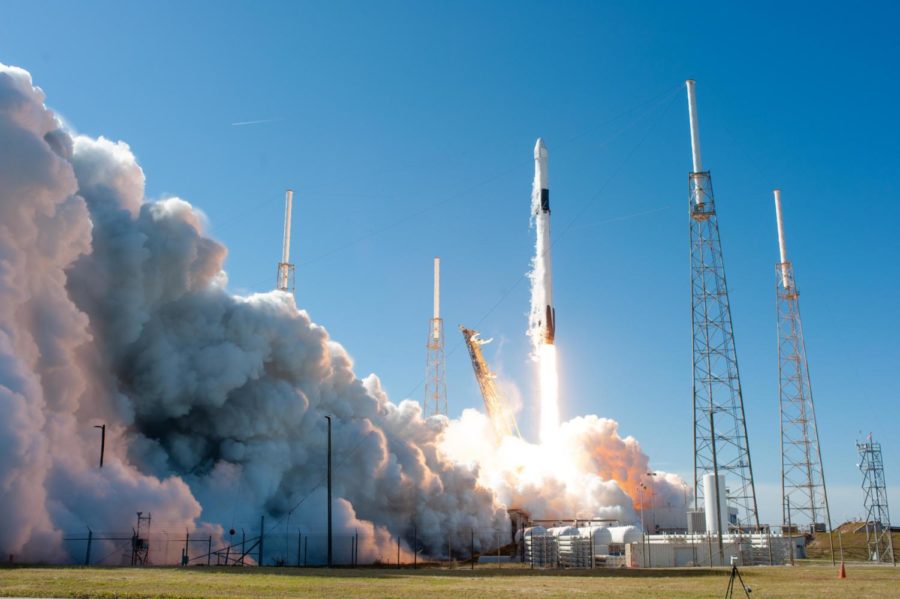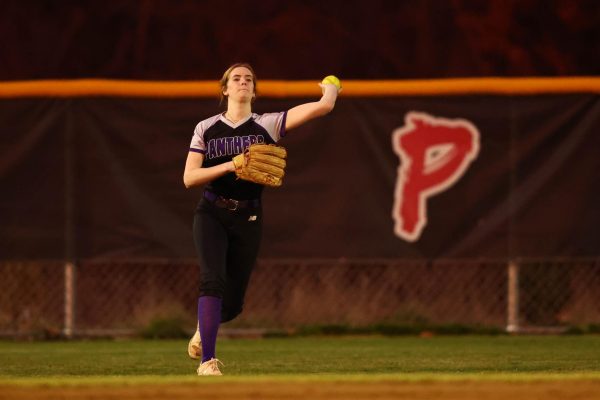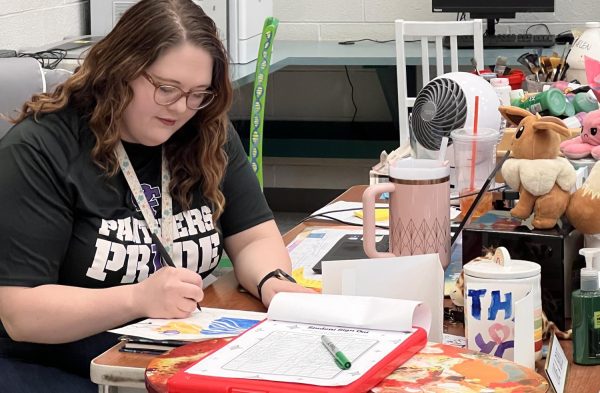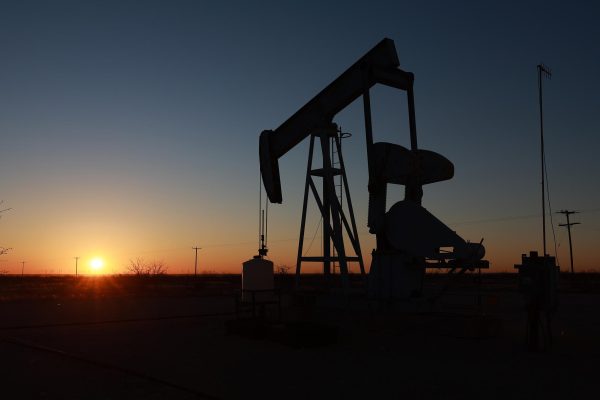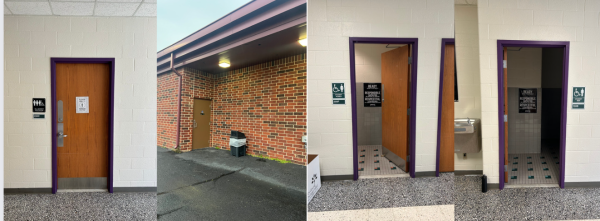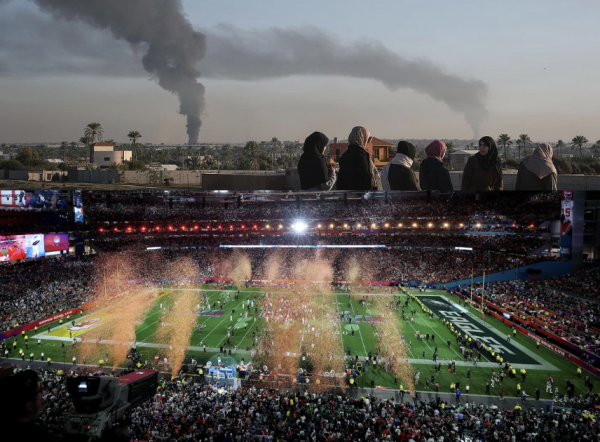SpaceX’s CRS-19 Mission Launches to the International Space Station
SpaceX launches its penultimate contracted mission as a part of the first series of Commercial Resupply Services contracts to the International Space Station, while Starliner has its Wet Dress Rehearsal.
The month of December is scheduled to be a busy one in the spaceflight industry, with both the CRS-19, Progress, and Boeing Starliner missions are scheduled to launch to the ISS. However, none will interfere with each other.
The Spacecraft used for the CRS-19 mission is a Cargo Dragon. The Dragon used in the flight is C21. Dragon C21 previously flew on both CRS-4 and CRS-11 missions (CRS stands for Commercial Resupply Service).
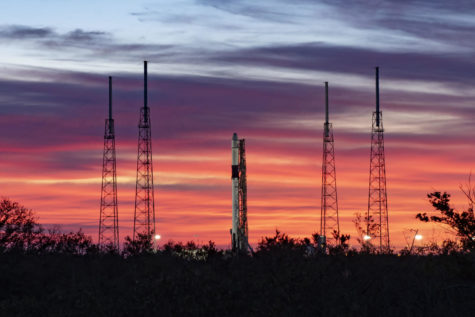
This is scheduled to be the last flight for C21 as SpaceX is in the process of phasing out the version one Cargo Dragons for the new cargo versions of the Crew Dragon spacecraft. However, the next few CRS missions by SpaceX will still be the version one Dragons.
The next cargo resupply mission by SpaceX after CRS-19 will be CRS-20. After that, SpaceX will start flying resupply flights for the Commercial Resupply Services two contracts.
For the new Crew Dragons, they will be reused after flying manned NASA missions on behalf of NASA’s Commercial Crew Program to the ISS. After recovery, the Crew Dragons will be refurbished and stripped of seats and controls. They will then be modified for cargo use.
For the mission, SpaceX used a brand new Block 5 Falcon 9 booster numbered B1059.1. Like all SpaceX missions, every booster has a static fire prior to the integration of the payload. Booster 1059.1 had its static fire on Nov 26.
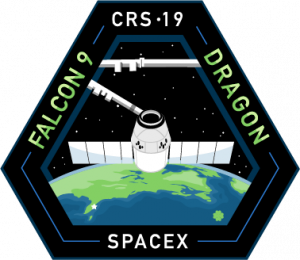
After the static fire, the booster was rotated to the horizontal position and rolled back to the Horizontal Integration Facility (HIF) at Space Launch Complex-40 (SLC-41). SLC-40 is located at Cape Canaveral Air Force Station (CCAFS), which is adjacent to NASA’s Kennedy Space Center.
Inside the HIF, the Dragon was filled with some of the late load cargo. According to NASA Spaceflight.com, some of the overall cargo consisted of an Anheuser-Busch/NASA experiment which will look at the development of barley seeds in space, the Rodent Research 19 experiment, and the Hyperspectral Imager Suite (HISUI) for the Japanese space agency, JAXA. Also included were Christmas gifts for the crew and supplies.
On Dec 3, the Dragon atop the Falcon 9 was rolled out of the HIF to the launch pad at SLC-41. Soon after, the rocket was rotated to the vertical position in preparation for launch the next day.
The rollout of the Falcon 9 coincided with the rollout of Boeing’s CST-100 Starliner atop an Atlas V N22 from the Vertical Integration Facility to the pad at neighboring SLC-41. At the pad, personnel at both Boeing and United Launch Alliance conducted a Wet Dress Rehearsal (WDR) for the Atlas V.
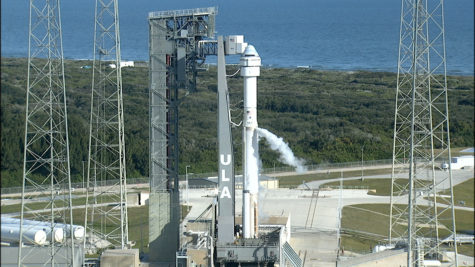
A WDR is basically a practice for the launch which consists of fueling the rocket and following a simulated launch countdown but minus the ignition of the engines.
“[I am] Feeling great! The operation has gone very smoothly. The most interesting part is happening right now. These are the never been done before operations for the crew part of the mission. We want to practice this thoroughly before we get to CFT [the Crewed Flight Test] next year. Crew safety is our #1 focus,” said Tory Bruno, the CEO of United Launch Alliance when asked about his feelings regarding the WDR.
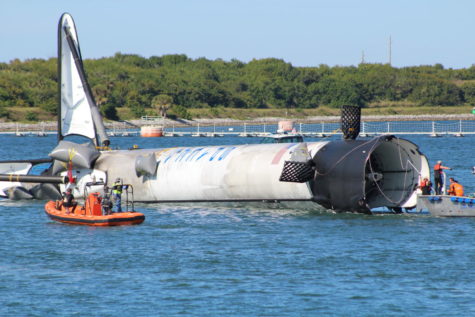
SpaceX was forced to scrub the CRS-19 launch on Dec 4 close to the 12:51:58pm EST launch time due to high upper-level winds at both the launch site and at the landing zone out at sea.
The launch date was moved to Dec 5. This time, the weather cleared to allow a nominal liftoff at 12:29:24 pm EST from SLC-40. This marked the 76th launch of a Falcon 9 rocket by SpaceX. The delay caused ULA to delay their Atlas V WDR to Dec 6.
The launch on Dec 5 occurred exactly a year to the day from the failed Falcon 9 booster landing in the ocean during CRS-16. During reentry and landing during CRS-16, the grid fins on the Falcon 9 booster B1050.1 experienced a hydraulic pump stall, which caused the booster to roll. The booster almost compensated for the roll but made a hard touchdown at sea.
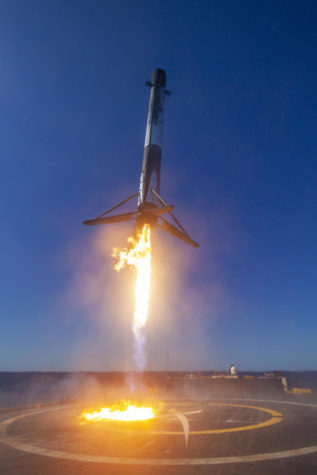
Unlike most CRS cargo missions to the ISS launched by SpaceX, the first stage booster of the Falcon 9 for CRS-19 did not conduct a RTLS (Return To Launch Site) landing back at LZ-1 (Landing Zone-1) at CCAFS. Instead, the Falcon 9 made a landing on the Autonomous Spaceport Drone Ship (ASDS) named “Of Course I Still Love You” stationed 213 miles off the east coast of Florida. The landing marked the 46th landing of a Falcon 9 by SpaceX.
While the first stage of the Falcon 9 landed on “Of Course I Still Love You,” the second stage’s single vacuum optimized Merlin 1D inserted Dragon into a nominal orbit. After orbit insertion, Dragon separated from the second stage and deployed its two solar panels.
After spacecraft separation, the second stage stayed in orbit for six hours in order for it to carry out some thermal tests. This simulated long coasting periods during potential future missions for the US Air Force.
The test required more propellant in the second stage. This caused the first stage to use more propellent up, which is why it had to make a ASDS landing instead of an RTLS landing.
Meanwhile, more activity was occurring at SLC-41 at CCAFS. On Dec 7, the Starliner, atop the Atlas V N22 was moved back to the Vertical Integration Facility (VIF) from the launch pad after the WDR was completed.
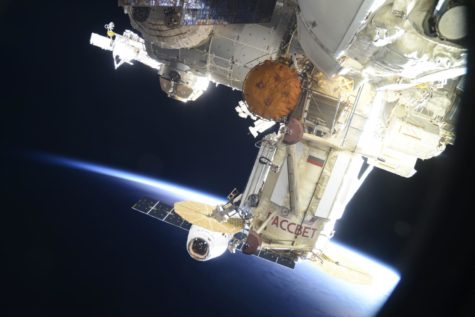
In the coming days, the Atlas V N22, and the Starliner will undergo its final preparations before launch. Some of the tasks for the crews at ULA will consist of Propellant loading into the attitude control system on the dual-engine Centaur (second stage), final avionics testing, explosive ordnance connections, and the installation of the fairings and separation motors on the two AJ60 solid rocket motors on the side of the Atlas V. The Boe-OFT mission is scheduled for a Dec 20 launch.
Dragon was captured by the stations robotic arm called the CanadArm 2 a little after 5:00 am EST on Dec 8. Astronaut and Expedition 61 commander, Luca Parmitano of the European Space Agency, and Astronaut Andrew Morgan of NASA were in charge of robotic arm operations for the arrival of Dragon.
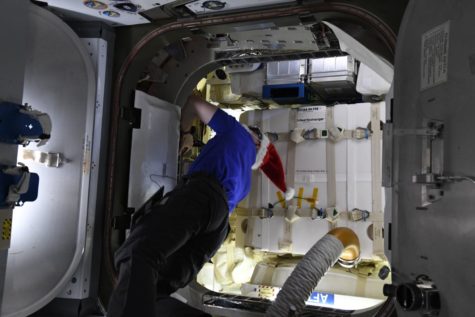
After capture, the arm moved Dragon into its port on the earth-facing side of the Harmony Module (Node 2). Bolts activated to secure Dragon to the station.
After the Expedition 61 crew performed leak checks, the forward hatch on Dragon was opened and time sensitive cargo was unloaded from the spacecraft. Over the next few days, more cargo will be extracted from the vehicle.
This has been a busy period for the Expedition 61 crew with two visiting cargo vehicles (including Dragon) arriving within 24 hours. Progress MS-13 (also known as Progress 74P) launched from Site 31/6 from the Baikonur Cosmodrome in Kazakhstan on Dec 6. It then docked to the Pirs module early on Dec 8. Progress is the cargo variant of the Soyuz spacecraft.
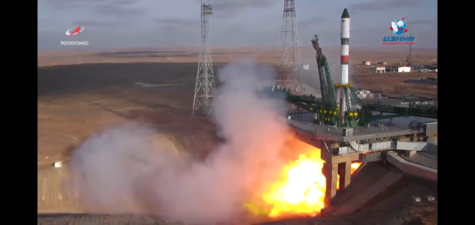
Dragon is scheduled to stay at the ISS for a few months. After its stay, the spacecraft will be filled with returning experiments and separate from the ISS. At the conclusion of the CRS-19 mission, the Dragon will splashdown off the coast of California, near the port of Los Angeles.


